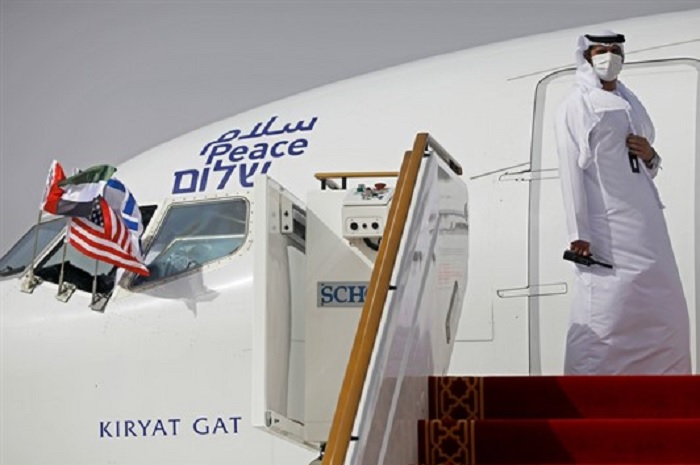
Imagine a different Middle East. “Were all outstanding hostilities resolved, border formalities simplified and roads unblocked, one might breakfast beside the Mediterranean in the Lebanese capital of Beirut, drive up to the Syrian capital of Damascus for lunch, race south to Jordan’s Amman for tea, make Jerusalem for an early dinner, and be back beside the Mediterranean for a stroll before bed in Tel Aviv.”
That might have seemed like a fanciful vision when John Keay, a British writer and historian, sketched it out in 2003, in his book “Sowing the Wind: The Seeds of Conflict in the Middle East.” He was underscoring the small geographic size of that core of the region, the source of decades of conflict. But it was hardly a new vision. Indeed, the promise of the Oslo Accords in the early 1990s, beyond an independent Palestine coexisting with Israel, was of a more normal Middle East, where borders could be crossed easily and countries could become defined not by their barriers but by their openness and proximity to each other.
 Eurasia Press & News
Eurasia Press & News

